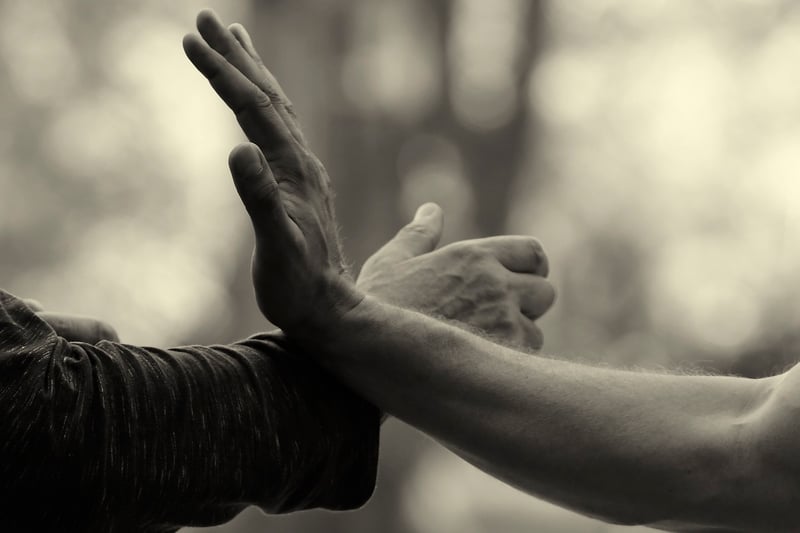Tai Chi Forms
The Art of Balance and Harmony in Tai Chi Forms

Tai Chi, often referred to as meditation in motion, is a martial art known for its graceful movements and inherent focus on balance and harmony. The practice of Tai Chi forms combines physical exercise, meditation, and self-defense techniques to promote overall well-being.
The Importance of Balance in Tai Chi
Balance is a fundamental aspect of Tai Chi practice. The slow, deliberate movements in Tai Chi forms require practitioners to maintain proper posture and equilibrium throughout each sequence. By focusing on balance, practitioners develop core strength, stability, and coordination.
Harmony Through Tai Chi Forms
Harmony is another key principle in Tai Chi. The flowing movements and controlled breathing in Tai Chi forms help to create a sense of harmony within the body and mind. Practitioners often describe a feeling of inner peace and relaxation after a Tai Chi session.
Exploring Tai Chi Forms
There are various Tai Chi forms, each with its unique set of movements and sequences. Some popular forms include the Yang style, Chen style, Wu style, and Sun style. Practitioners can choose a form that resonates with their preferences and physical abilities.
Benefits of Tai Chi Forms:
- Improves balance and coordination
- Enhances flexibility and strength
- Promotes relaxation and stress relief
- Boosts energy levels and vitality
- Improves focus and mental clarity
Getting Started with Tai Chi
If you are interested in exploring the art of Tai Chi and experiencing the benefits of balance and harmony, consider joining a Tai Chi class or finding online tutorials to learn the basics. Remember to practice regularly and listen to your body to progress at your own pace.
Discover the beauty of Tai Chi forms and embark on a journey towards greater balance and harmony in your life!

